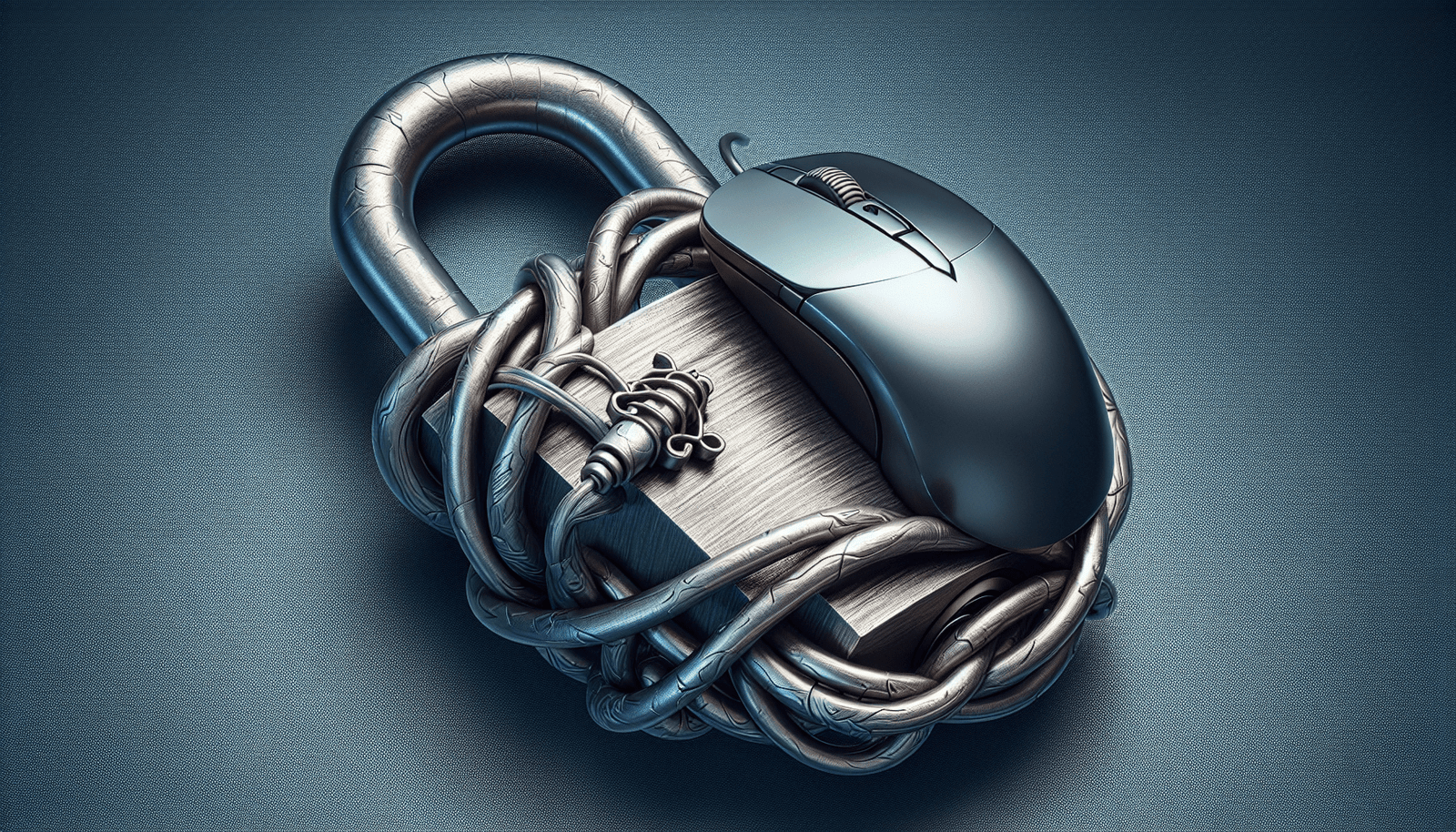How to Protect Yourself from Online Banking Scams
In a world where convenience meets risk, online banking scams can be no better than thieves trying to take money from your pockets. Unfortunately, research shows that there was an increase of 87% in online fraud in 2022. Don’t worry, as with the right know-how, you can evade these scammers and keep your finances safe. Let us take you through the world of online scams and arm you with the knowledge to outsmart them.

Types of Online Banking Scams
Understanding the tricks scammers use for online banking is key to protecting your hard-earned money and personal information. According to IT Governance’s research, there were 114 publicly disclosed security incidents in October 2023, accounting for 867,072,315 compromised records, bringing the year’s total to over 5 billion. There are numerous forms that scams like these can take, so let us equip you with the knowledge you’ll need to navigate the digital banking landscape securely.
Phishing Attacks
Phishing scams can be especially underhanded. Phishing is when you receive an email or text that appears to be from your bank. It can look official and urge you to update your account details or verify personal information. However, these messages are designed to trick you into giving away your sensitive information, like account numbers, passwords, or even your social security details.
How to Avoid Phishing Scams:
- Pay attention to the email’s language and formatting.
- Before clicking any links, hover over them to ensure they direct you to the correct, secure website.
- Avoid clicking on suspicious or unfamiliar URLs.
Fake Websites
You may stumble upon a website that looks exactly like your bank’s official site. If you log in, you could think you’re securely accessing your account, but in reality, you’re just handing over your login credentials to scammers. These fake websites are crafted to replicate the real thing, aiming to deceive unsuspecting users.
How to Identify Fake Websites:
- Authentic banking websites usually start with “https://” and have a padlock symbol in the address bar.
- Ensure these security indicators are present.
- Scrutinize the website for spelling errors, unusual pop-ups, or inconsistencies in design compared to the official site.
Malware and Viruses
Malware is a digital infection that can wreak havoc on your devices. Scammers distribute viruses or trojans through malicious links, downloads, or attachments. Once your device is infected, these cyberthreats can access your sensitive banking information.
How to Protect Against Malware:
- Invest in robust antivirus and anti-malware programs.
- Keep them updated to shield your devices from evolving threats.
- Refrain from clicking on links or downloading attachments from unknown sources, especially in unsolicited emails.
Card Skimming
This is when you insert your card into an ATM, unaware that a skimming device is secretly capturing your card details. Scammers use these devices to collect your information and make unauthorized transactions.
How to Avoid Card Skimming:
- Before using an ATM or card reader, give it a thorough inspection.
- If anything seems odd or loosely attached, report it to the bank immediately.
- When entering your PIN at an ATM or checkout, shield the keypad to prevent anyone from seeing your code.
How to Avoid Falling Victim
Let’s explore some practical steps to avoid online banking scams and keep your funds safe and secure.
- Double-Check URLs and Email Addresses: Always scrutinize the URL of banking websites and ensure they start with “https://” and display the padlock symbol. Similarly, verify the email addresses; scammers often use slight variations to mimic legitimate sources and they can be tricky to spot at a glance.
- Beware of Unsolicited Communications: Never share sensitive information in response to unexpected calls, emails, or texts. Legitimate banks rarely ask for confidential details via these mediums.
- Install Reliable Security Software: Invest in robust antivirus and anti-malware software to protect your devices. Keep them updated regularly to shield against new and emerging threats.
- Monitor Your Accounts: Regularly review your bank statements and account activities. Report any suspicious transactions or discrepancies as soon as possible.
In the world of digital banking, staying vigilant is your best defense. By familiarizing yourself with the various forms of online banking scams and putting precautionary measures in place, you can significantly reduce the risk of falling victim to cyber fraud. Remember, protecting your financial information is not just a choice; it’s a necessity in today’s interconnected world.


